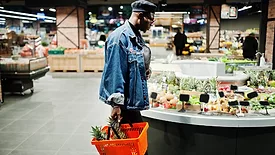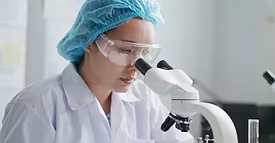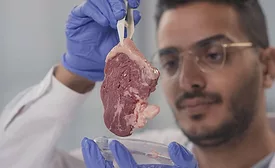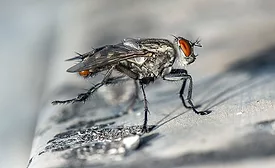Home » Keywords: » pathogens
Items Tagged with 'pathogens'
ARTICLES
Tackling the Challenges of Microbial Challenge Studies
Defining the objective of a challenge study may be less straightforward than it may appear initially
June 17, 2025
Addressing Misconceptions about Sampling and Testing of Leafy Greens
Manufacturer sampling of leafy greens is characterized by five common misconceptions
June 10, 2022
Predictive Modeling for Food Safety and Quality of Meat Products
When determining shelf life for meat products, the use of predictive modeling can help prevent spoilage and preserve freshness
December 21, 2021
EVENTS
Webinar
5/1/25 to 5/1/26
Contact: Vania Halabou
Avoiding Sanitation Pitfalls: Challenges and Opportunities for Your Environmental Monitoring Program
Webinar
6/26/25 to 6/26/26
Contact: Vania Halabou
How to Design and Conduct Challenge Studies for Safer Products and Longer Shelf Life
Never miss the latest news and trends driving the food safety industry
eNewsletter | Website | eMagazine
JOIN TODAY!Copyright ©2025. All Rights Reserved BNP Media.
Design, CMS, Hosting & Web Development :: ePublishing











